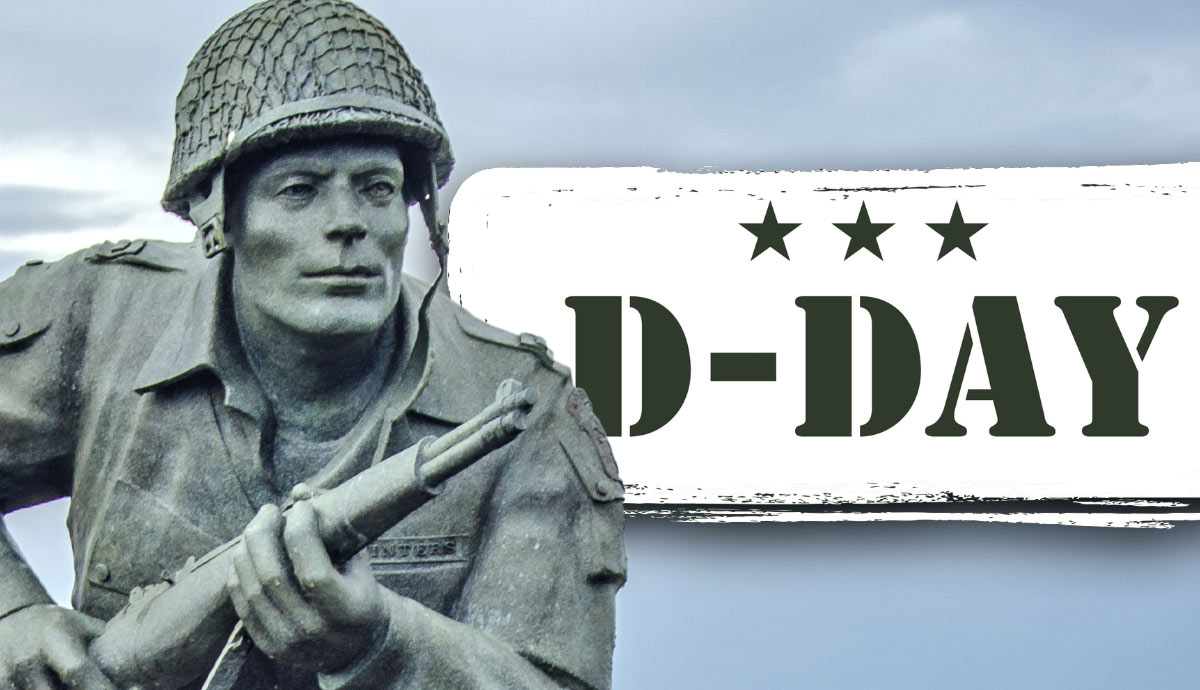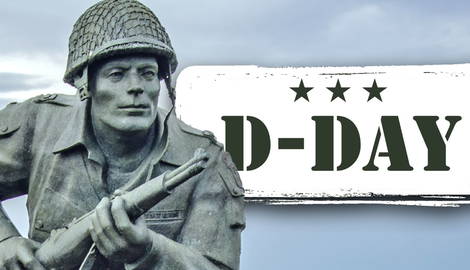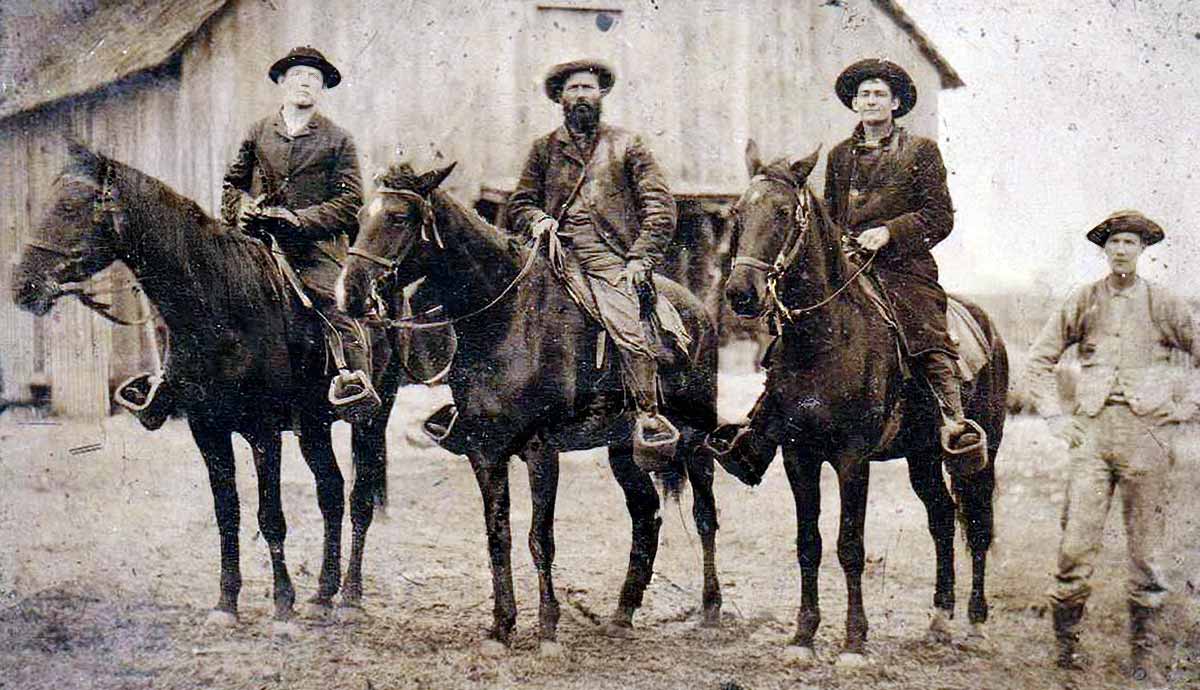
D-Day is a famous moniker for Operation Overlord, encompassing all parts of the invasion that took place on June 6 1944. The preparations for June 6 began several years prior. Britain would be the base. In 1941, Germany unleashed history’s biggest military offensive on the Soviet Union. Besides losing swathes of territory and millions of troops, the Soviets needed to move whole industries thousands of miles to survive. By 1942 and for the duration, the Soviets faced the bulk of Germany’s armies.

Stalin insisted the Allies open a second front. The Allies declined as fighting in the Mediterranean still raged. In the January 1943 Casablanca Conference, Britain and America emphasized a cross-Channel invasion no later than May 1944.
Early Lessons: 1942

An early but brutal lesson on how not to conduct an amphibious attack came from the Dieppe Raid. On August 19th, 1942, 6,000 men attacked the French port of Dieppe. The Raid intended to raise morale, show the Soviet Union the Allies were serious about a second front, and test German defenses. The Raid was a costly failure, with half the troops killed or captured. The German defenses were too strong. Takeaways from the Raid included not attacking a harbor but landing on beaches; integrated air and naval support are crucial to success and surprise.
The Planning: 1943

The planning for D-Day became a priority by 1943. The Allies created a combined command structure called SHAEF, or Supreme Headquarters Allied Expeditionary Force, to start actively planning. Men from all the services joined SHAEF. An American, Dwight Eisenhower, or Ike to his comrades, was selected. His people skills would prove to be useful.
SHAEF began to look at all aspects needed to conduct D-Day. Points of interest included logistics, air and naval supremacy, the number and types of troops, and most importantly, German defenses, military setup and expected reactions. The French Resistance would be involved in spying on the Wehrmacht. The Allies did have experience in planning and leading amphibious attacks. By 1944, Allied forces actively conducted many successful operations in North Africa, Italy and the Pacific.
Two parts of the planning had already succeeded. First, naval superiority was never in doubt, especially after 1942. The German navy, including the once dreaded U-boats, now only could be considered a nuisance. Second, air superiority was achieved by early 1944. The Allies went after the Luftwaffe with a vengeance. By D-Day, the Allies had over 2,500 planes available versus four hundred Luftwaffe aircraft. During D-Day, the Allies flew 14,000 sorties versus the German’s one hundred.
The Clever Deception

The Germans always expected an Allied attack, especially after 1943. The only surprise the Allies could hope for was where and when. Thus began an all-encompassing deception campaign, and all methods were employed. Examples include inflatable dummy tanks, radio traffic for pretend divisions, and fake armies. General George Patton, the American tank general, commanded a fake army group opposite the Pas de Calais. The Allies rightly feared the powerful German panzer divisions as these could quickly stop the invasion on the beaches. The deceptions worked so well that the Germans bulked their forces onto Pas De Calais and not Normandy, the actual landing sites.
Preparations

At the end of May, two years’ preparations coalesced. 150,00 soldiers cannot leave camp. Next, loading the troops and equipment took five days. Eisenhower would make a final decision by June 4, depending on the weather and conditions in the English Channel. The official date for the invasion was originally June 5th. On June 1st, Allied intelligence sent coded radio signals to French resistance fighters to attack transportation systems. No soldiers are told of their final destination. The three paratroop divisions are informed first on June 3rd.
Allied meteorologists predicted lousy weather for June 5th on June 4th, so Allied command temporarily postponed the operation. Not until June 5th did the weather change, and a green light given. All troops now are told their destinations will be the five Normandy beaches.
The Landings of June 6th

The paratroopers started the invasion on June 6th, leaving after midnight. The armada also departed, and Allied troops hit the beaches by 7 AM. Despite stiff German resistance, the Allies gained a toehold in France. The total defeat of Germany had now begun. D-Day’s significance cannot be underestimated. Squeezed between bigger opponents, Germany would be defeated in a year. On May 7th, 1945, Germany surrendered.










